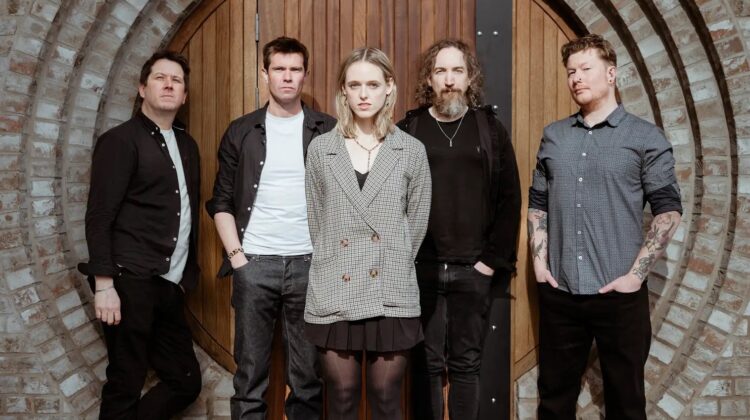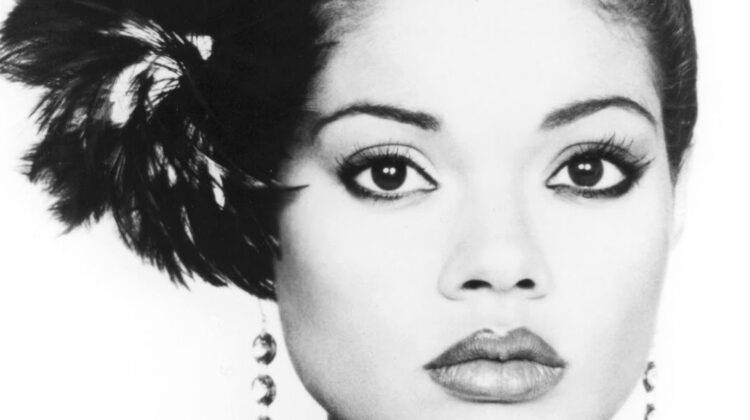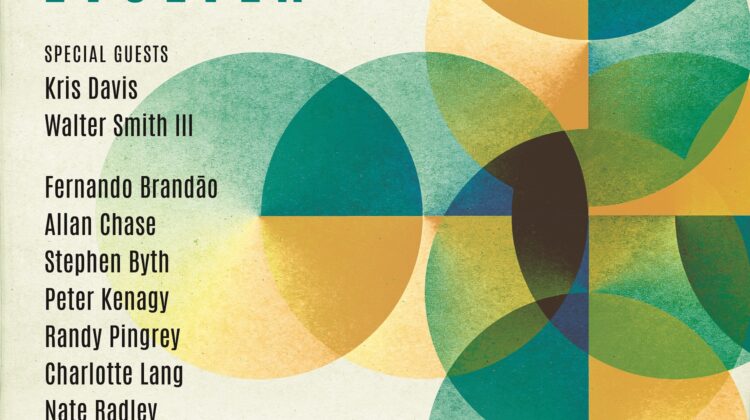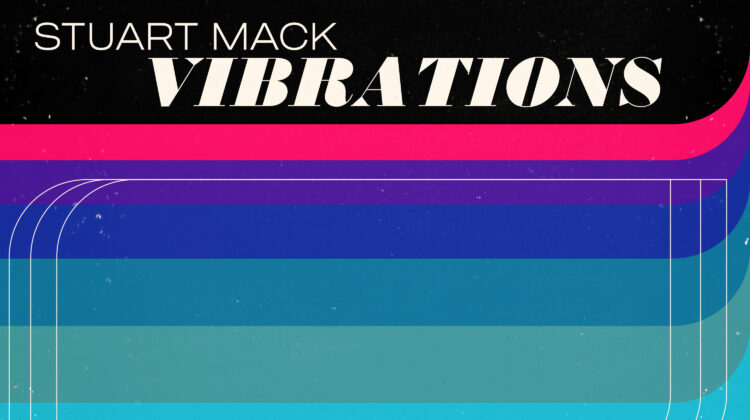Jazz is alive again at the Café Bohemia! And it has been. Since 2019.
Yes. The Café Bohemia.
The one that Oscar Pettiford, especially, immortalized with his composition, “Bohemia after Dark.”
The one that was the venue for some of the landmark recordings of the 1950’s, including The Charles Mingus Quintet & Max Roach; Randy Weston’s Jazz á la Bohemia; Art Blakely and the Jazz Messengers’s Live at the Café Bohemia; Kenny Dorham’s ‘Round about Midnight at the Café Bohemia; Cannonball Adderley’s Bohemia after Dark; J. J. Johnson’s Live at Café Bohemia 1957 (with Tommy Flanagan, Bobby Jaspar, Wilbur Little, and Elvin Jones); Lennie Tristano’s Live at the Café Bohemia (with Lee Konitz, Flip Phillips, Warne Marsh, Denzel Best, and Chubby Jackson); and George Wallington’s Complete Live at the Café Bohemia (with Jackie McLean, Donald Byrd, Paul Chambers, and Arthur Taylor) .
The one where Miles Davis was photographed for the cover of his ‘Round about Midnight album, his first on the Columbia label.
The one where Cannonball Adderley first attracted notice when he unexpectedly substituted for Charlie Rouse in with Oscar Pettiford’s group. Rouse hadn’t brought his saxophone that night. Adderley had his.
The one, across from Charlie Parker’s home, that booked Parker before he passed away. His scheduled engagement was unfulfilled at the Café Bohemia.
Fortunately, Michael Zieleniewski has revived the spirit and presence of that iconic jazz venue at 15 Barrow Street.
And now another generation of jazz musicians is playing at the Café Bohemia.
Another live recording in the club was released recently: Leap Day Trio: Live at the Café Bohemia.
How did the Leap Day Trio get its name? The name just was an obvious choice when the trio recorded its performance on—when else?—Leap Day Saturday in 2020. Well, on Leap Day Eve too. Just a few months after the club reopened.
And just before the COVID pandemic went viral in March, 2020.
In hindsight, this brief window of time was unwittingly fortunate. The many adverse consequences of the first epidemic in a hundred years included the shutdown of the Café Bohemia.
Yet again.
But now, the release of Leap Day Trio: Live at the Café Bohemia provides a sense of the joy and awe the musicians felt playing in a hallowed jazz nightclub that only a few years before was expected never to open again in the basement of the Barrow Street Ale House.
The eureka moment for recording the live recording was that of Jimmy Katz, photographer/record label producer/talent promoter/sound engineer. Previously, Katz has suggested recording albums at Central Park’s Summit Rock—whose overlooked potential provided at the park’s highest point a grand view of its surroundings. Central Park had been built over the all-but-forgotten nineteenth-century Black community of Seneca Village.
Drummer Matt Wilson, saxophonist Jeff Lederer, and bassist Mimi Jones—comprising the soon-to-be Leap Day Trio brought into being by Katz’s suggestion—quickly agreed to the inspiring idea.
Their energetic and inspired concert now is available on Katz’s label, GiantStepArts.
Playing without a chorded instrument, the trio’s slim instrumentation allowed for looseness, and instant interactions. The improvisational freedom from musicians who are on the same wavelength mixed in humor and passion with unrestrained immersion in the music as they absorbed the weight of the club’s legendary jazz atmosphere.
Wilson and Lederer already participated in numerous recordings. Not only in Lederer’s Sunwatcher Quartet and Brooklyn Blowhards. But also in Wilson’s droll, inventive, and/or tender albums: Humidity, That’s Gonna Leave a Mark, Christmas Tree-O, Gathering Call, WeBop: A Family Jazz Party, Honey and Salt, The Beginning of a Memory, and Hug!
When it came time to consider a bassist for the two veteran musicians who can anticipate the other’s thoughts in real time, Wilson suggested Mimi Jones. Her two decades of artistic contributions include multiple media platforms; performances with Terri Lyne Carrington, Kenny Barron, Tia Fuller, Dianne Reeves, Roy Hargrove, and many more; and recordings on her own label, Hot Tone Music. Jones’s immersion into the moment reminded Wilson of the open spirits of other adventurous bassists with whom he performed, such as Cecil McBee, Dennis Irwin, Rufus Reid, Chris Lightcap, or Buster Williams.
And so, after two rehearsals, another landmark live album at the Café Bohemia was recorded to announce in a notable way the re-opening of the club.
The first track, “Dewey Spirit,” recalls Wilson’s affinity for the Texas tenor-sax authority of Dewey Redman, who recorded on Wilson’s as wave follows wave album. Wilson’s swirling textures and the sonic decay of the sustained sound on the cymbals, and his malleted drumming suggest Wilson’s diligent tuning of the drums to varying pitches. With their already loose improvisational freedom, it becomes evident that Lederer and Jones are elevating the flurry and the fury—and the joy (as expressed by Wilson’s cries of “whoo”)—of Wilson’s rhythms as they follow his lead. Lederer provides the piece’s theme that moves from a rubato rumination to a spirited reminiscence animated by Jones’s solid bass lines of groove and exclamation, both during the trio’s interactivity and during her solo. Jones’s change of pacing alters the mood and the cadence of the piece in an instant. Wilson’s solo, unexpectedly, is melodic too, with a suggestion of “Straight No Chaser” and his own call and response.
Spirits seem to be on the minds of the trio as they include “Wind Spirit,” which Lederer presents as an initially melodic slow rumination in the middle register. Jones and Wilson fill in his rests. , Their restlessness contrasts with Lederer’s pensiveness. But as the spirit moves him, Lederer’s solemnity evolves into an ardent sonic tapestry, tightly woven, before ending with a soulful reflection again.
The leap year is commemorated by two compositions. “Leap of Faith,” anchored by Lederer’s pedal point in three-four, has intimations of a minor key. Gravelly low tones and upper-register beseeching support his dark, understated framing of the harmony. When Jones takes a solo, she incorporates the device already introduced by Lederer: repeated quarter notes in three, which inevitably break loose into harmonic elaborations. Unlike his leadership on “Dewey Spirit,” Wilson provides calm and quiet accompaniment on “Leap of Faith.”
And then there is “Leap Leap,” which Wilson kicks off with a propulsive, leaping rhythm that leads Jones into a supportive vamp. Lederer joins in with an ebullient solo of honks, squeals, staccato articulation, stutters, and low-register growling. As in “Dewey Spirit,” the piece moves through segments of varying rhythms and moods.
Ironically entitled just before the COVID pandemic, “Strival for Survival” begins with Lederer’s passionate introduction of free improvisation. However, when he brings in the theme of the piece, it becomes evident that the introduction suggested brief phrases from the theme. With the rhythm section’s rumbling behind him, Lederer lets loose, as if his emotions were finally free to be expressed. His uninterrupted series of eddying repeated fervent statements lead to altissimo intimations of screams.
The primary recurring themes of Wilson’s music—friends, family, and humanity—conclude the album when the musicians perform “For Friends.” No doubt, the title of the piece and the performance were directed toward the trio’s friends in the audience, who included Joe Lovano, Allison Miller, and Mary LaRose. Lederer’s wellspring of ideas, which starts the piece as a solo, forms its medium-tempo flow strengthened by Jones’s walking-bass lines. Even though Jones and Wilson join Lederer as a single unit after his introduction, “For Friends” culminates in opportunities for individual and individualistic melodic solos arising from Wilson’s initial four quarter-note accents.
The selection of a name like the Leap Day Trio’s suggests that Wilson, Lederer, and Jones may not perform as a trio again for another four years. True, that would provide a reason to look forward to the day. But let’s hope that the trio decides to perform in the intervening years as well.
Artists’ Web Sites: mattwilsonjazz.com
littleimusic.com
mimijonesmusic.com
Label’s Web Site: giantsteparts.org










